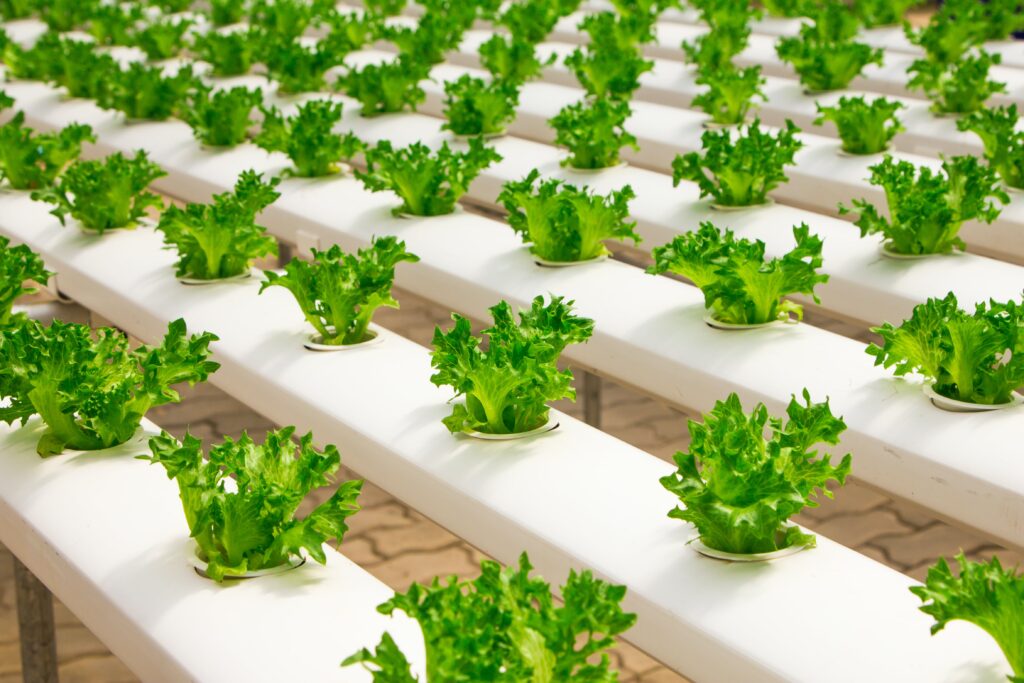Global population expansion and climate change are contributing factors to the rising worry over water shortage. The Atmospheric Water Generator (AWG) is one creative approach that is creating waves. Imagine an apparatus that can actually draw water out of thin air! AWGs, though they seem like something out of science fiction, are actually quite real and have the potential to revolutionize communities where access to clean water is scarce. Let’s examine the many kinds of these gadgets and how they operate.
An Atmospheric Water Generator: What Is It?
AWGs, or atmospheric water generators, are similar to enchanted boxes that gather atmospheric moisture and convert it into potable water. It’s a brilliant remedy for locations with limited or tainted water. AWGs may convert humid air into liquid water by employing the fundamental concept of condensation. Imagine it as an advanced dehumidifier that provides you with water rather than just drying up your house.
How Are AWGs Operational?
AWGs primarily employ two techniques:
Cooling Condensation: Using this technique, water vapor in the air condenses into droplets when the air is cooled to its dew point. Clean drinking water is produced by gathering, filtering, and purifying these droplets. Even while this approach might consume a considerable amount of energy, technology advancements make it more effective every year.
Systems Based on Desiccants: These systems draw moisture from the air using specific compounds known as desiccants. After that, these desiccants are heated in order to release the water. Although less popular, these systems are often more energy-efficient.
Various Atmospheric Water Generator Types
AWGs are made to fit a variety of applications and settings, and they are available in various sizes and forms. The primary categories are as follows:
- AWGs for homes
These are intended for usage at home. Residential AWGs are easy to install in a home environment since they are little and compact. They usually generate five to twenty Liters of water every day, depending on temperature and humidity levels. Families who live in places with erratic water supplies would love these apartments. Some more sophisticated types may even connect to your plumbing system to supply a constant flow of water for everyday usage. - Industry-specific AWGs
Larger and more capable, commercial AWGs are intended for use in community centres, corporations, and educational institutions. These devices are an excellent option for locations where a greater supply is required but conventional sources are scarce since they have the capacity to churn out 20 to 500 Liters of water per day. To guarantee that the water is safe for everyone, they frequently use sophisticated filtering systems. - AWGs in Industry
The titans of the AWG world are the industrial AWGs. These units are utilized in large-scale activities such as industries, military sites, and agricultural projects, with the capacity to produce thousands of Liters of water each day. They are crucial for supplying water in isolated areas or in areas where there is a significant scarcity of water. - AWGs that are portable
Portable AWGs are lightweight, compact devices intended to be mobile. They are ideal for emergency responders, hikers, campers, and military people. They can be powered by batteries, solar panels, or even hand cranks, and they typically produce 1 to 10 Liters of water each day. They are extremely useful in disaster assistance situations where having rapid access to clean water is essential because of their mobility.
Why Do AWGs Matter?
The advantages of AWGs are rather striking:
Sustainability: By offering a replenishable water source, AWGs lessen the demand on conventional water sources.
Accessibility: They provide a workable option in places with inadequate or broken water infrastructure.
Quality: The water generated is pure and safe to drink thanks to sophisticated filtering technologies.
Independence: By operating apart from municipal water systems, AWGs can guarantee a steady supply of water even in the event of an interruption.
Obstacles and Things to Think About
AWGs have drawbacks much like any other technology:
Energy Use: Energy consumption can be substantial, particularly for models of cooling condensation. Ongoing upgrades, nevertheless, are increasing the energy efficiency of these systems.
Initial Cost: Although AWGs can be more expensive initially than traditional water sources, they can end up being more cost-effective over time.
Climate Dependency: AWGs are less effective in extremely dry or cold areas since their effectiveness is dependent on the surrounding temperature and humidity.
In summary:
An incredible invention in the fight against the world’s water shortage is the atmospheric water generator. AWGs provide an autonomous, accessible, and sustainable water solution by drawing on the atmospheric moisture. These gadgets will only get more popular and effective as technology develops, contributing significantly to the availability of clean water for everybody. AWGs provide promise and pragmatism to the problem of water shortage, whether for domestic usage, business use, or emergency scenarios.
If you enjoyed this blog of mine, please share it with other people and comment below. If you are a returning reader, you are my stars for whom I am still running this website. I am really grateful for your time and am improving my website and my writing for a better user experience. Please bear with me for any inconvenience caused. Thank you so much for reading.
this blog was inspired by This Video ( click here)



